Google's Pixel Fold might finally make us appreciate Samsung
Samsung is best at fixing what's broke
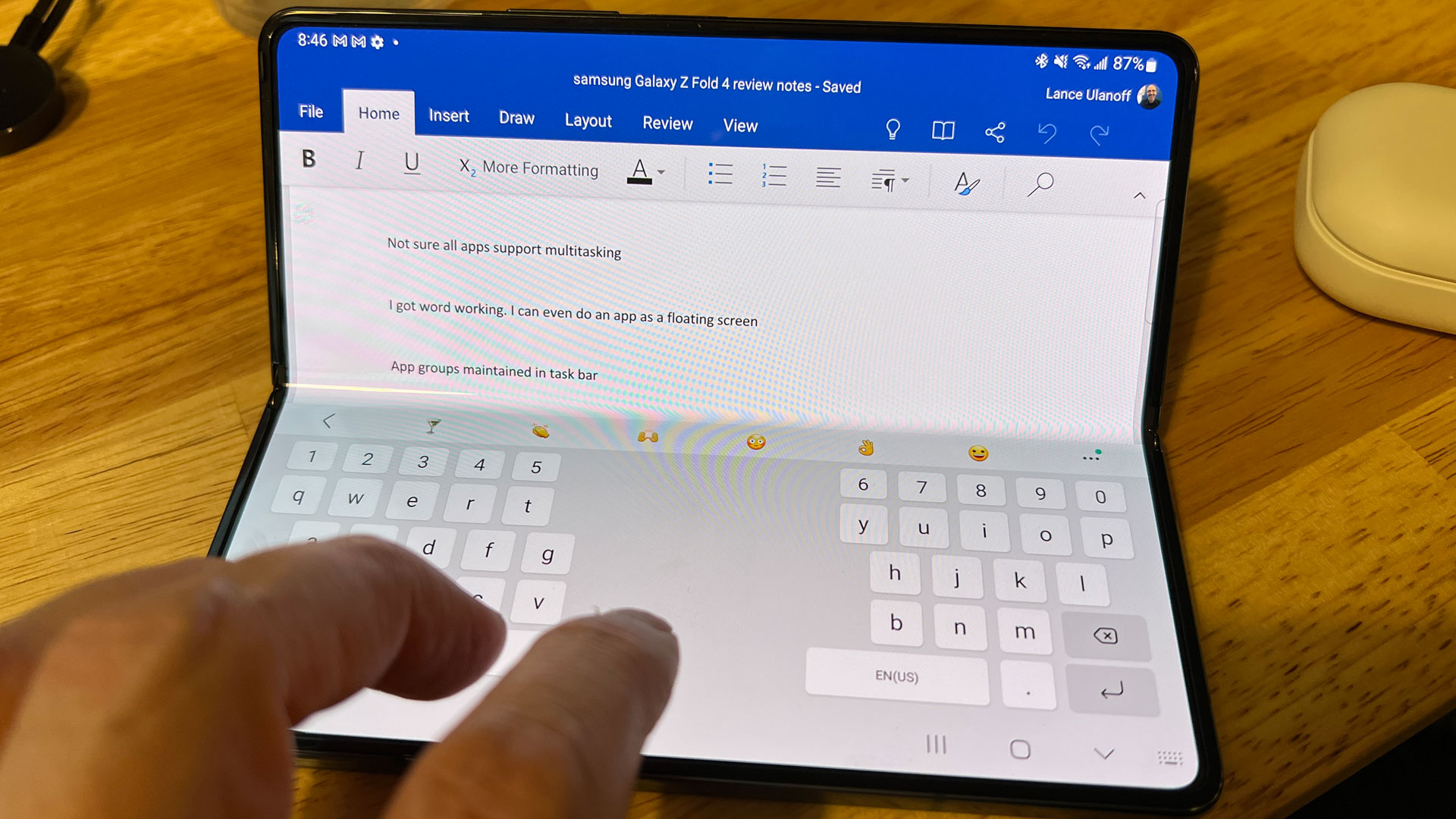
Folks looking for Black Friday phone deals ask us what makes the best Samsung phones worth buying, it’s easy to show you. Look at the design innovation on the foldable Galaxy Z Flip 4. Check out the infinite features on the Galaxy S22 Ultra. It’s easy to appreciate Samsung phones, but Samsung also takes its share of criticism, especially when it comes to the way it’s software looks and functions.
Suddenly, recent leaks from Google have us wondering if Samsung will finally earn appreciation where it’s usually ridiculed. We’ve seen leaks of Google’s Pixel Fold hardware, and it has us questioning what Google can accomplish with its first foldable. A first generation Pixel Fold could do the impossible: it might finally prove that Samsung knows what it’s doing with software.
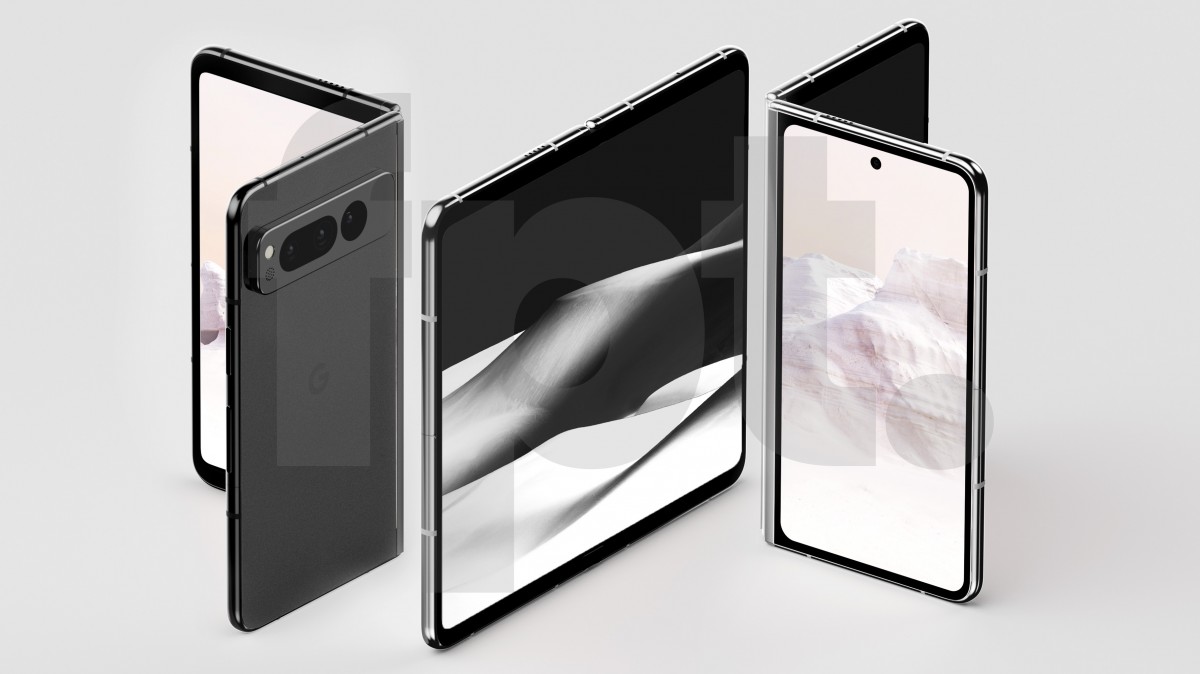
In the early days, Samsung interface designs felt silly and too colorful while phones became serious and the interface mirrored real life textures. These days, Samsung software simply adds layer upon layer of features atop Google’s already-robust Android OS. The Samsung One UI is so removed from Android that it has its own version numbers and user beta program.
Throughout Samsung’s Android history, the company has weathered complaints that the software ‘enhancements’ are slowing down the phones, bogging down the upgrade cycle for new system upgrades, and generally causing more confusion than improvement.
Why does the phone still have two web browsers?
Take the web browser, for instance. Samsung makes a fine web browser – the eponymous Samsung Internet. It’s actually a good browser, tied closely to your phone’s security features. It’s also one of two browsers on your new Galaxy phone because Google insists on loading its Chrome browser as well.
This confusion persists throughout the phone. Samsung phones have two messaging apps, at the least. They often have duplicate apps for the photo gallery, or for note taking, or even for basics like the calendar. One will be from Samsung, the other is included at Google’s insistence.
though Samsung is Google’s largest Android partner, it seems like the phone is in conflict with the operating system
Apps aren’t the only problem. While iPhone users are rarely confused about whose service they are using, a Samsung owner may be using an app backed up to Samsung’s own cloud, Google’s servers, or even Microsoft OneDrive, depending on recent partnerships.
Get daily insight, inspiration and deals in your inbox
Sign up for breaking news, reviews, opinion, top tech deals, and more.
Even though Samsung is Google’s largest Android partner, it seems like the phone is in conflict with the operating system. If Samsung had its way, surely the phone would be more streamlined.
Sometimes Samsung's stuff is superior
Why does Samsung bother to fight Google and create its own thing? Believe it or not, sometimes the Samsung thing is better. We often turn to Samsung Internet on our Galaxy phones over Google Chrome because it performs better on the company’s own devices and synchronizes our website passwords just like Chrome.
Samsung even brought multi-tasking to Android before Google. When Samsung blew up its phone screens with the gigantic Galaxy Note series, it created a multi-window feature to let users open multiple app windows at once on the Galaxy Note 2. Google didn’t add multi-window to Android until Android 7, five years later.
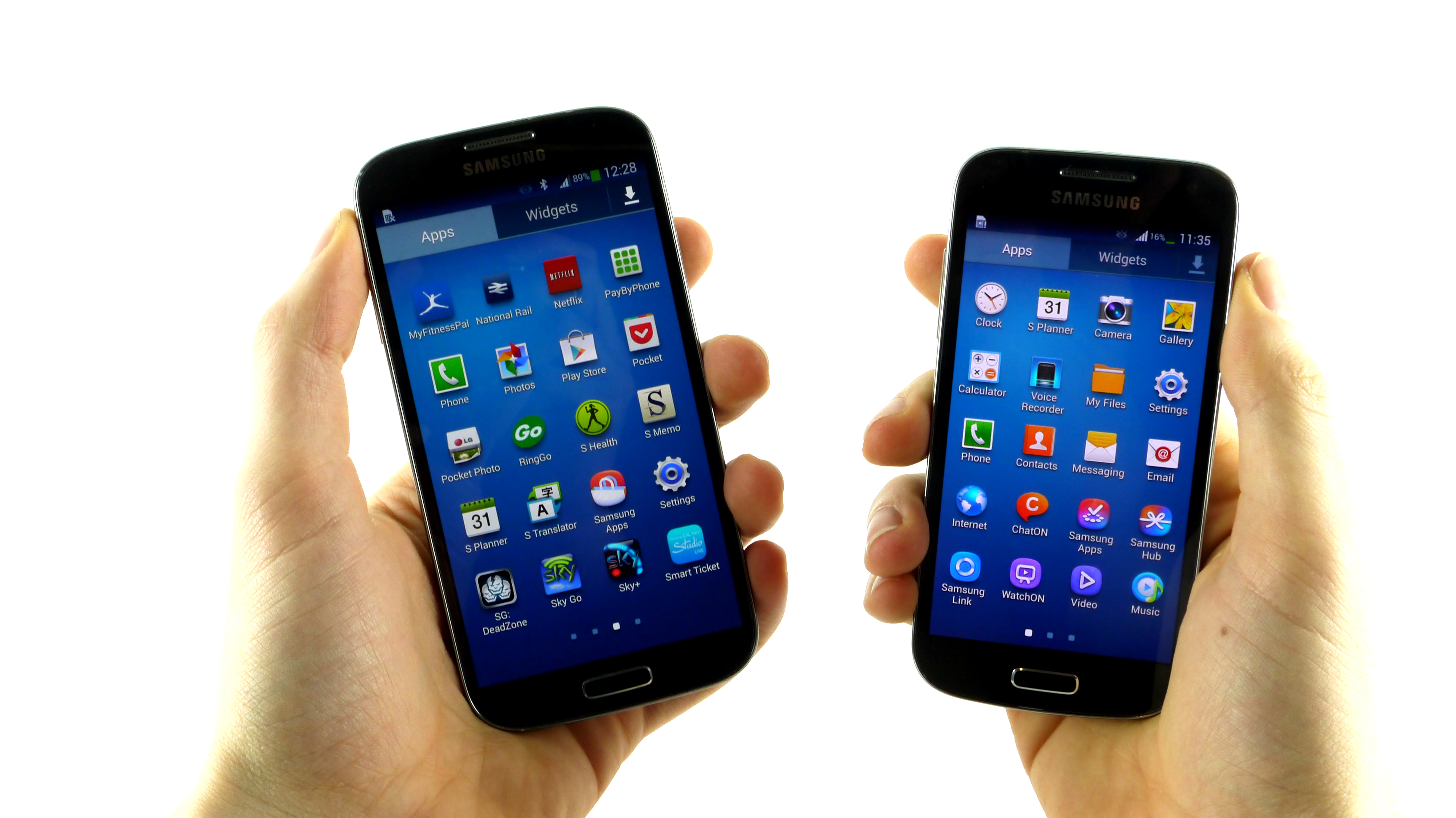
Samsung is not great at creating a new design from scratch. It was long accused of copying Apple’s iPhone hardware design and much of the look and feel of iOS. What Samsung does well is fix problems, incrementally, until a feature is refined into something great.
Using multi-windowed apps on a Samsung phone is leaps and bounds better than on other mobile devices. Once you become familiar with the proper buttons and drag techniques, you can arrange windows, drag elements between windows, and create shortcuts that open multiple apps at once in your preferred configuration on screen.
This is because Samsung has been building multi-window features on its phones for ten years, and it has continuously improved them. When Google launches its first foldable phone, it won’t be starting from scratch, as Samsung did, but It also won’t have Samsung’s years of experience and corrections to build upon.
Google has just started taking tablets seriously
Google started preparing for a folding-screen world last year with Android 12L, a version of Android 12 that was made to handle both larger screens and foldable devices that swap between smaller and larger displays.
The improvements Google added with Android 12L are table stakes compared to the game Samsung is playing with its advanced devices. Google has added simplified versions of features, like multi-window support, that Samsung has been perfecting for years. Even with the demise of the Galaxy Note, Samsung foldables have had four generations of improvements to build upon.
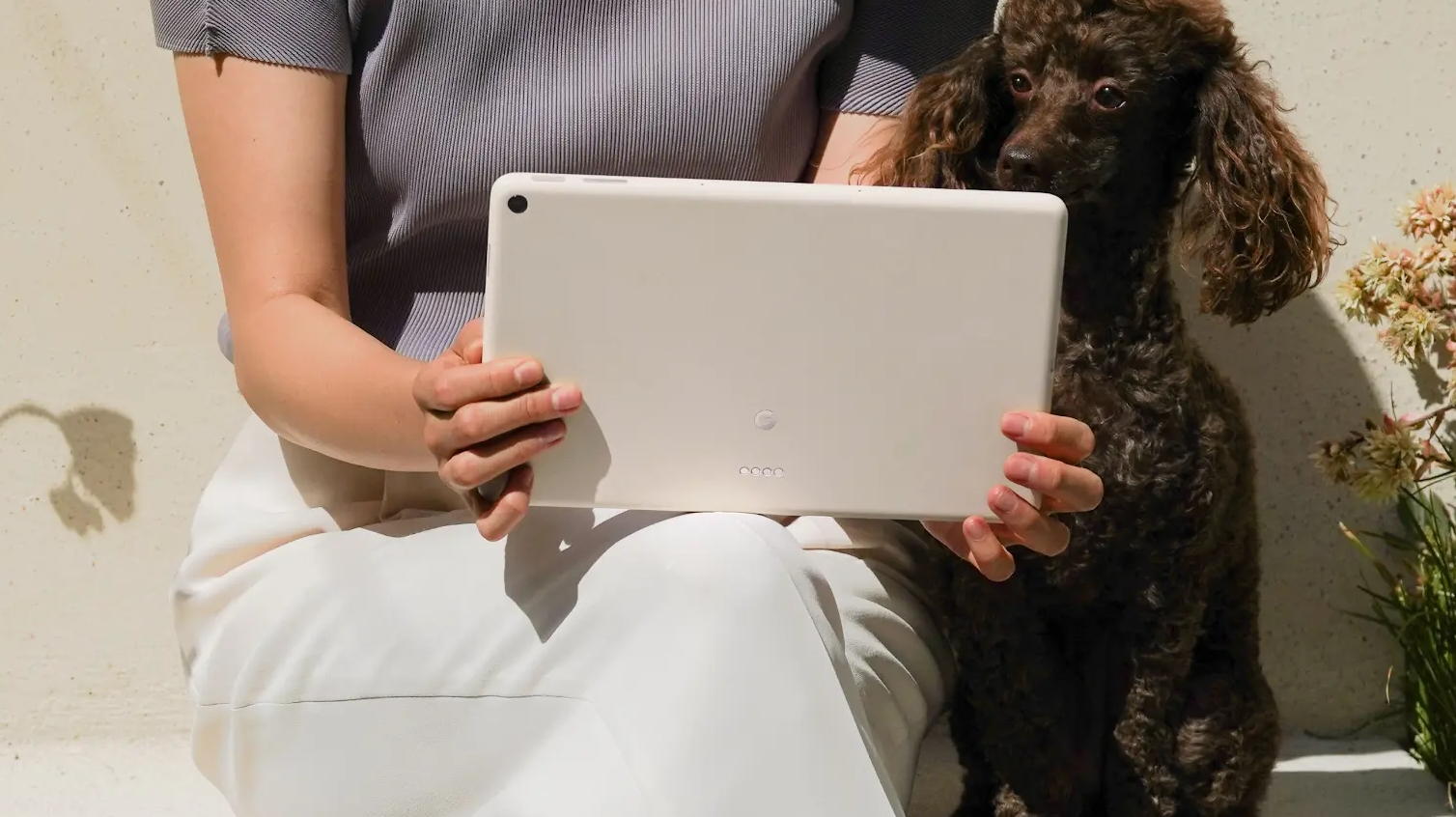
We suspect that the first Google Pixel Fold will be a very basic device compared to the advanced foldables Samsung offers. We’d expect multi-window features and fast display switching, but we doubt we’ll see robust features like the interesting trackpad controls Samsung gives you with the phone folded in half, or even the overall stability of Samsung’s device when it comes to switching between screens.
Why is a folding Pixel a better Pixel?
A folding phone is a huge risk for Google because the device needs to justify its own existence. Google needs to create a reason why buyers should pay exorbitant prices for a phone that merely folds in half. It needs to be special, but it also needs to work perfectly.
Samsung has been trying to make its phones special for years, and whether it has succeeded is up for debate. We enjoy using foldable phones, especially the Galaxy Z Flip 4, but we may be in the minority. Folding phones haven’t sold very well.
Regardless of their popularity, the Samsung foldables work perfectly. The phones transition smoothly from the outside screen to the internal display, whether we’re opening a larger map on the Galaxy Z Fold 4 or shooting selfies with the front panel on the Galaxy Z Flip 4.
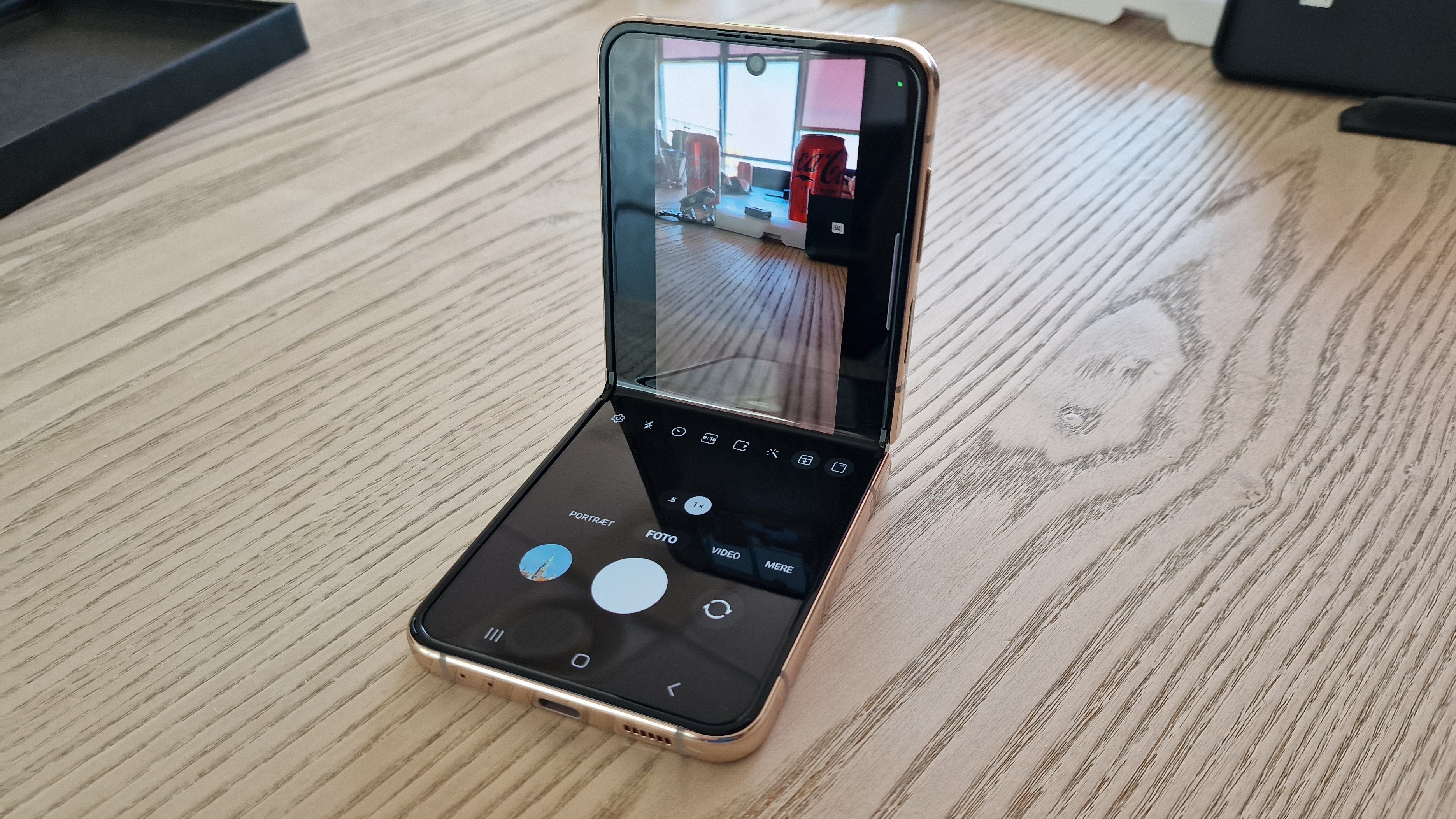
The Google Pixel 7 phones come loaded with Google’s own chips, ready to run Google software best. Google says only the Tensor G2 is powerful enough to handle features like Photo Unblur. Hopefully, we will also see the same dedication to improving the experience on foldable phones, giving us a reason why a foldable is better than a flat phone.
Samsung has worked for years to fix every problem in its foldable phone software. If Google wants to sell us on a better foldable, a Pixel Fold, it can’t take steps backward with a device that is more simple and basic than Samsung’s innovation. It needs to identify new problems we didn’t know we had, then give us a foldable solution to fix them.

Phil Berne is a preeminent voice in consumer electronics reviews, starting more than 20 years ago at eTown.com. Phil has written for Engadget, The Verge, PC Mag, Digital Trends, Slashgear, TechRadar, AndroidCentral, and was Editor-in-Chief of the sadly-defunct infoSync. Phil holds an entirely useful M.A. in Cultural Theory from Carnegie Mellon University. He sang in numerous college a cappella groups.
Phil did a stint at Samsung Mobile, leading reviews for the PR team and writing crisis communications until he left in 2017. He worked at an Apple Store near Boston, MA, at the height of iPod popularity. Phil is certified in Google AI Essentials. He has a High School English teaching license (and years of teaching experience) and is a Red Cross certified Lifeguard. His passion is the democratizing power of mobile technology. Before AI came along he was totally sure the next big thing would be something we wear on our faces.